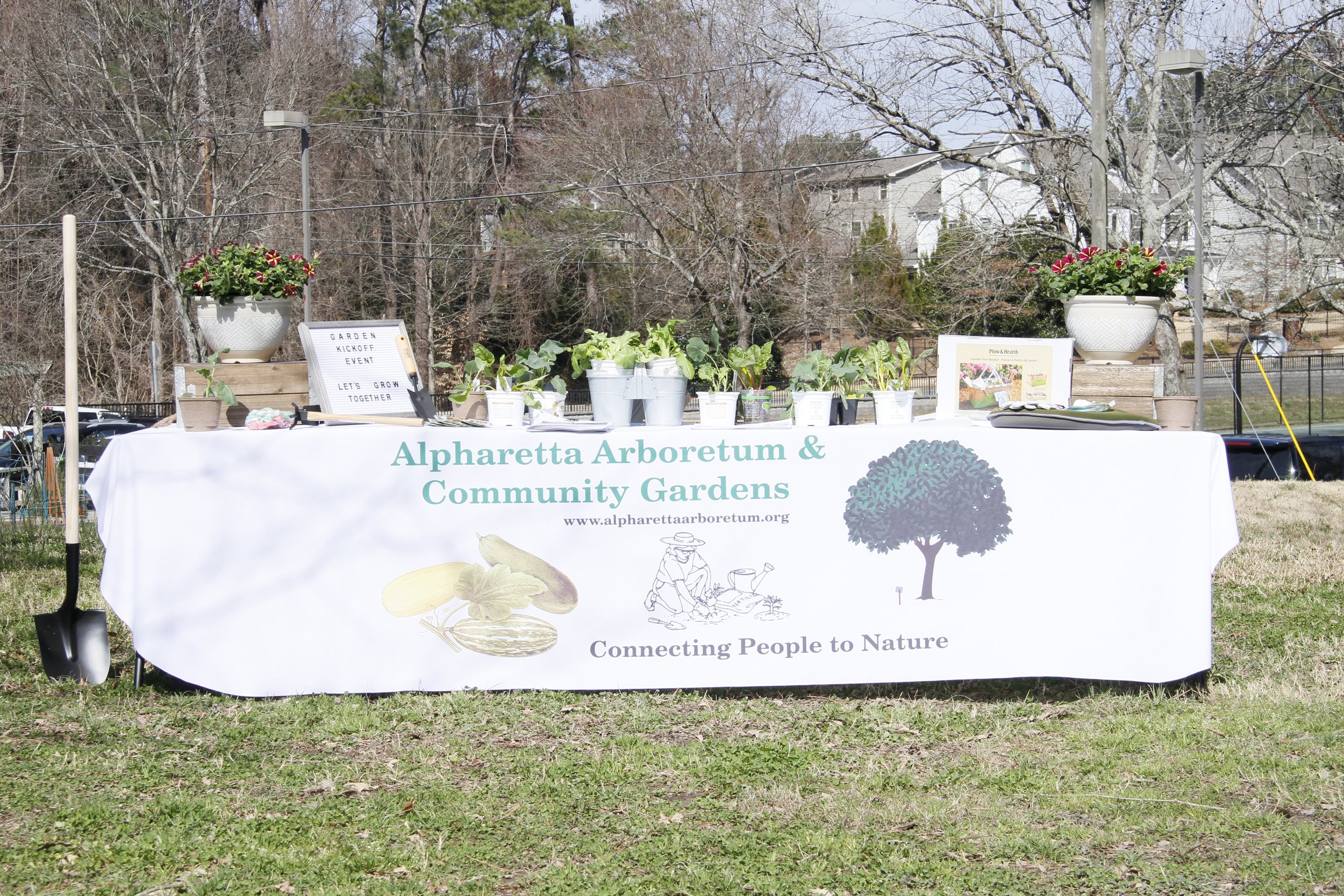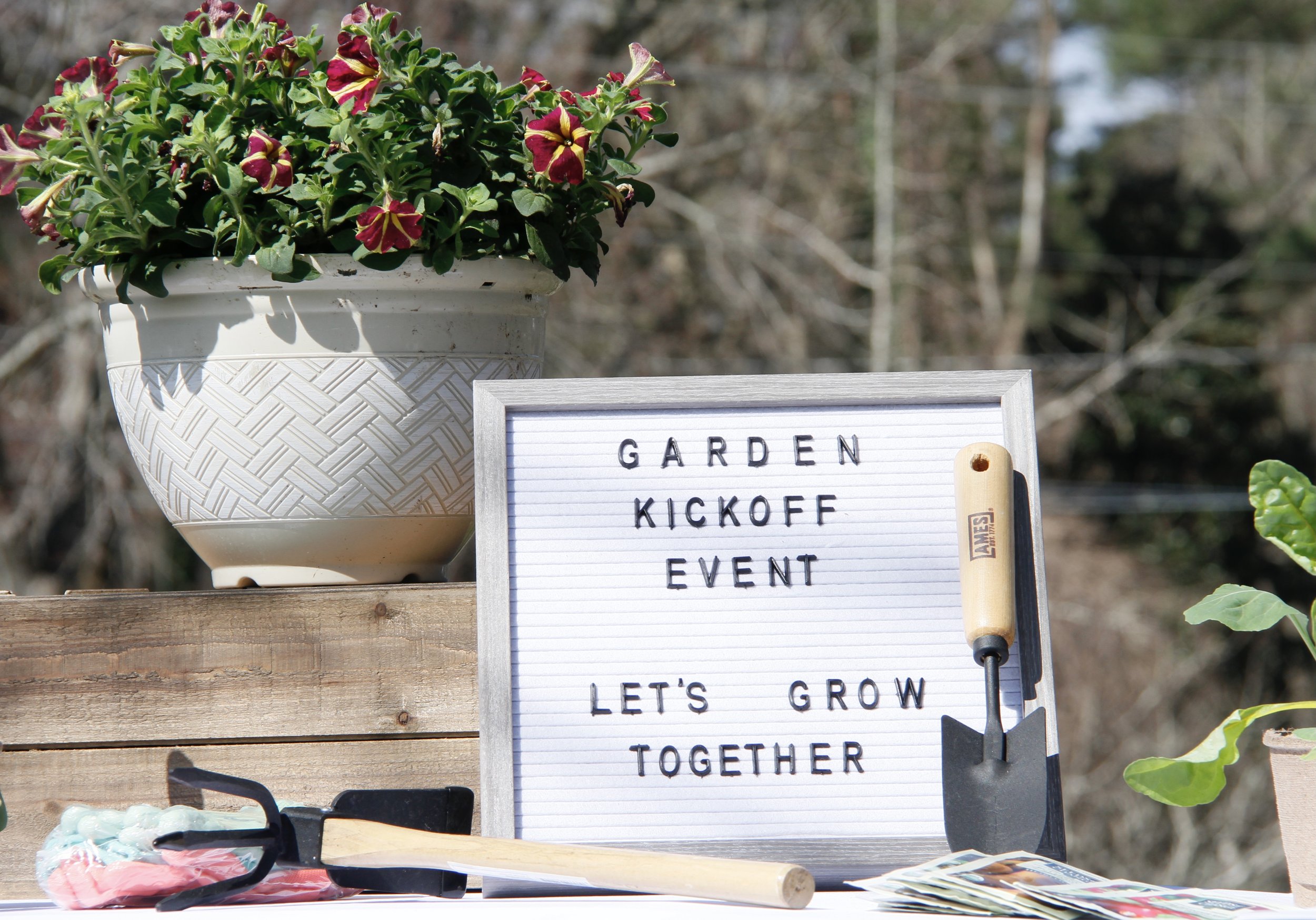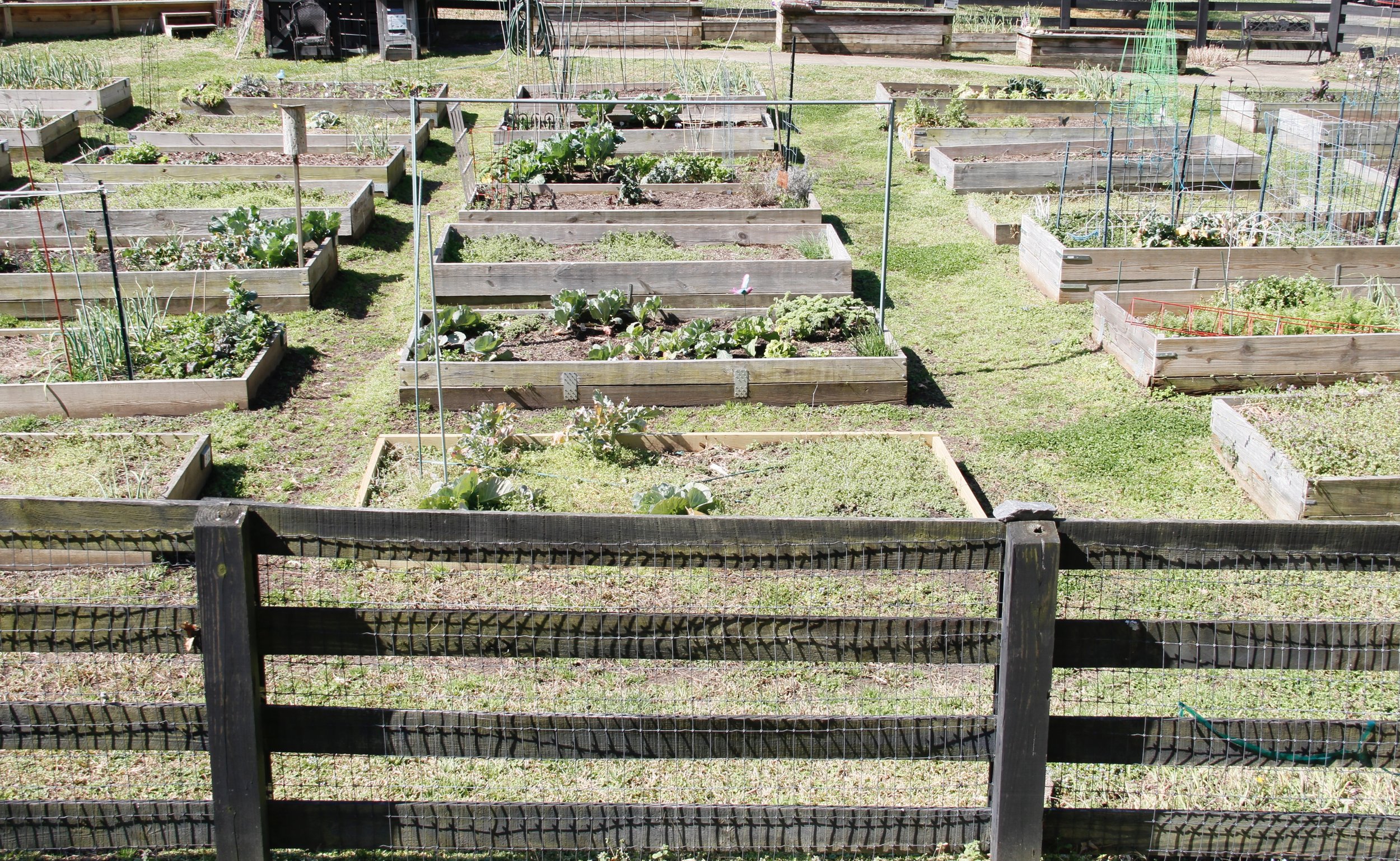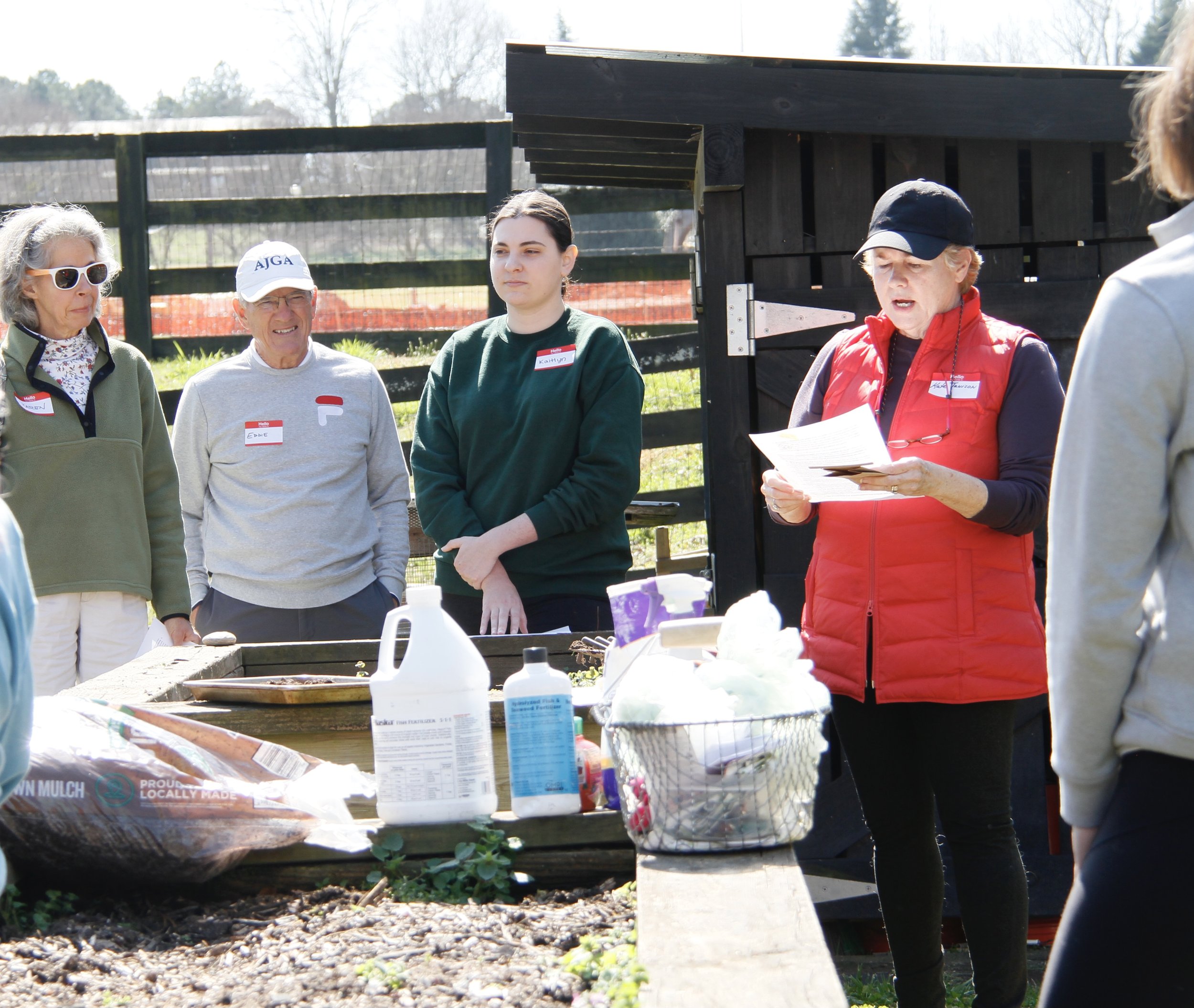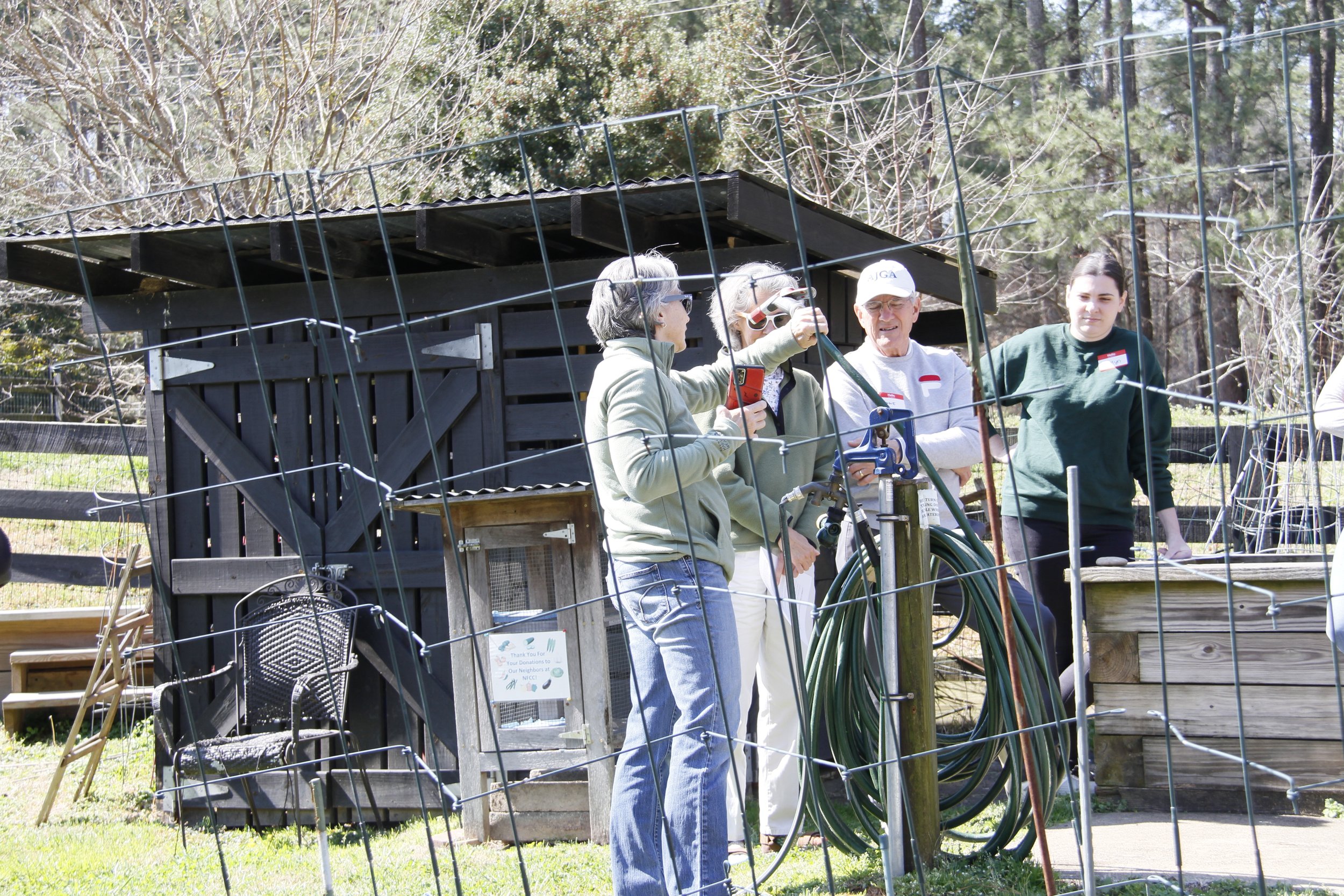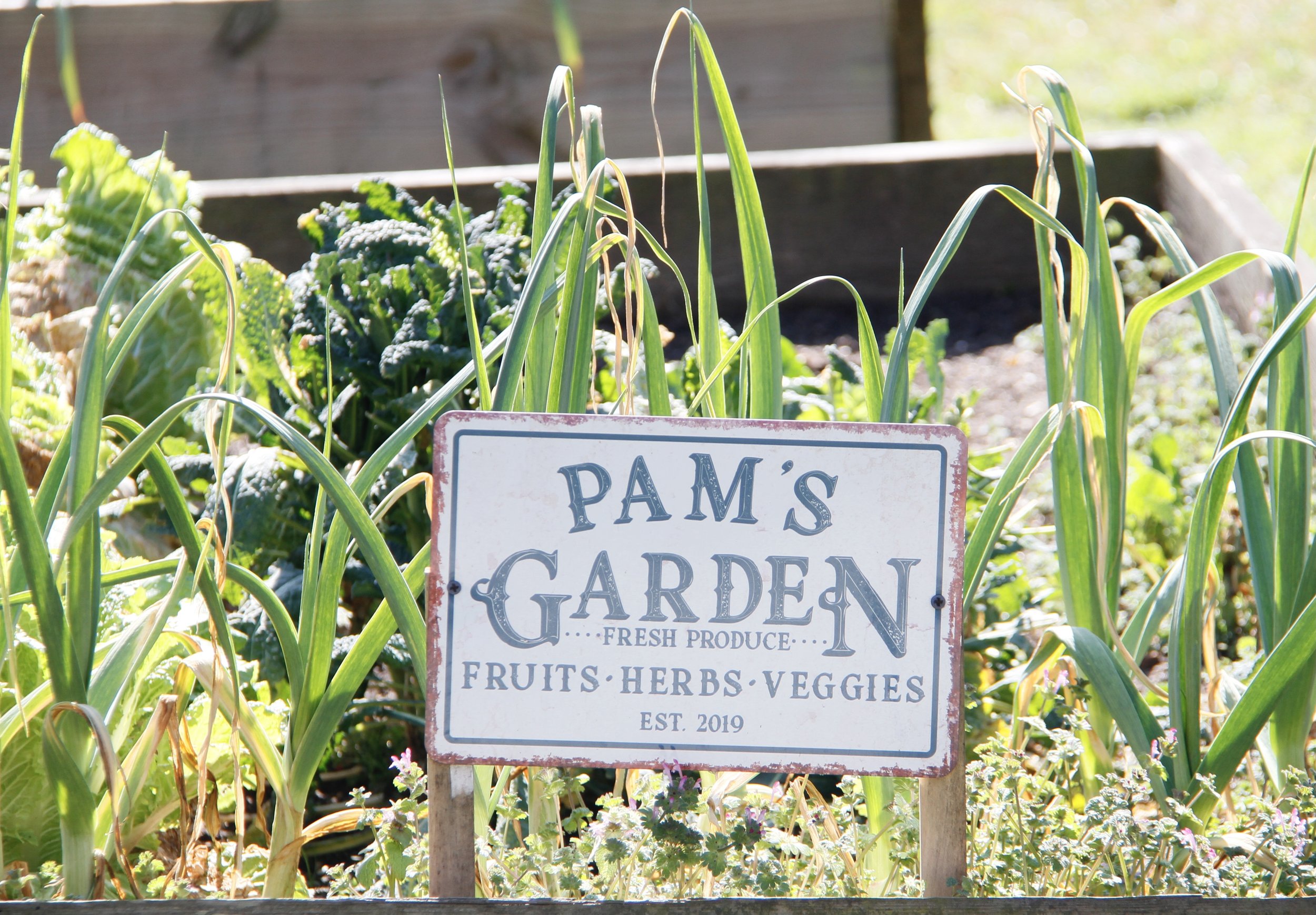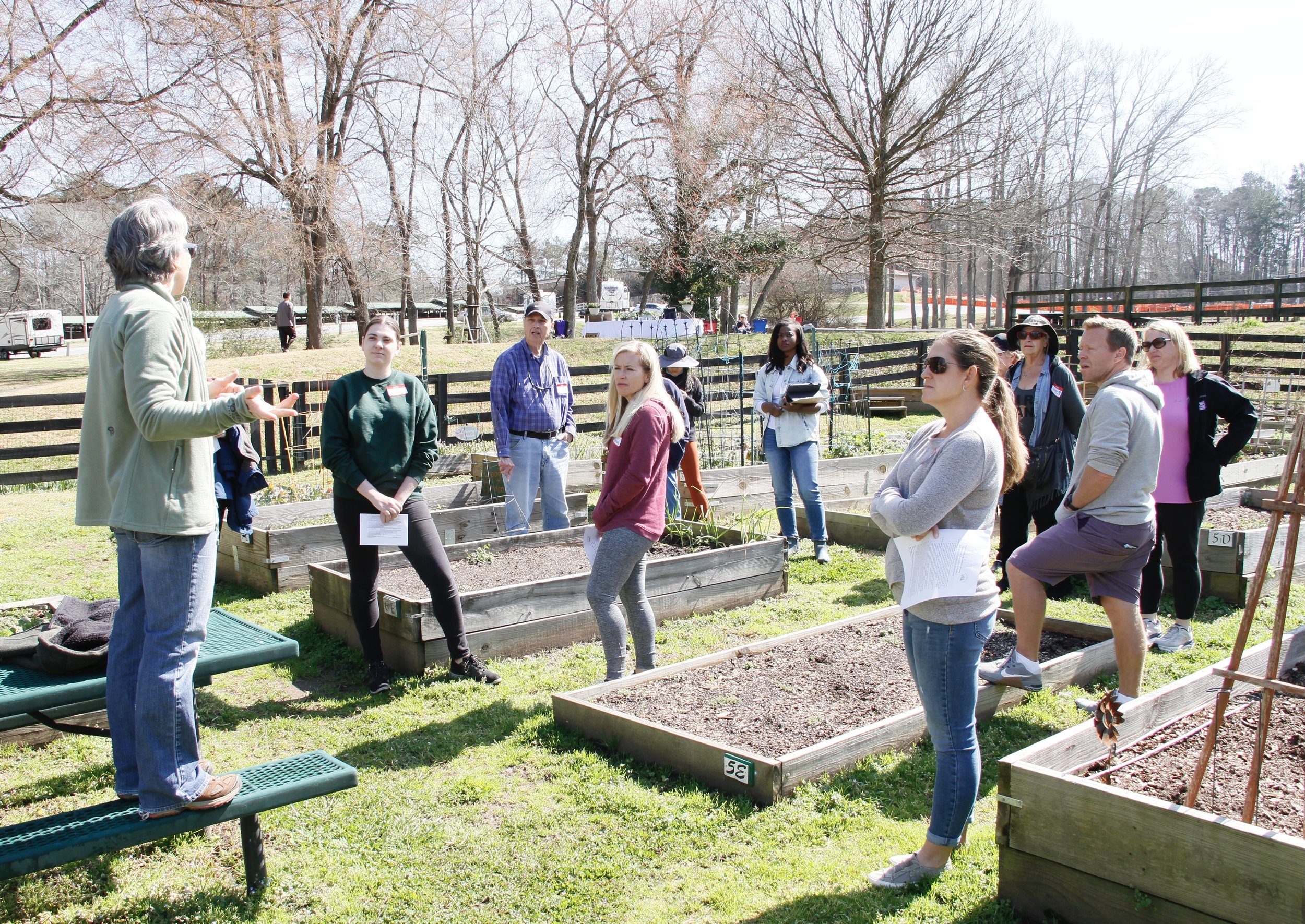Eligibility
Residents of the City of Alpharetta will have priority for membership at the ACG. From the existing waiting list, Alpharetta residents will be contacted, as set forth in the ‘registration’ section below. In the event there are no Alpharetta residents on the waiting list and there are vacant plots, non-Alpharetta residents will be contacted in the order they were added to the waiting list. Non-Alpharetta residents will be charged 50% more for their plots than Alpharetta residents.
Registration
Current garden members - An ‘intent to renew’ email is sent to existing members in early November. A response is required by mid-December. By mid-January the registration packet, which includes the registration form, waivers, garden rules agreement, and volunteer interest sheet is emailed. The required forms and payment must be received by the date specified in the packet. Failure to meet the deadline will result in their plot being assigned to another interested gardener.
New garden members- The wait list is maintained by Membership. The vetted prospective gardeners are added to the list on the date when all information is received. New gardener plots will be assigned on a random basis.
When a plot becomes available, the gardener is contacted via email. A new gardener has one week to indicate their continued interest in membership and within four weeks of receipt of notification of the availability of a plot must provide completed membership documents and payment of the plot fee. Failure to do so within the above timeframes will result in their deletion from the waiting list.
As garden plots become available, existing gardeners can change their plot. Preferences for transfer will be as follows: 1) gardeners in an enabling bed; 2) gardeners in 4’ x 8’ beds; and 3) all others. Ties will be broken by seniority. Members should contact the Membership Committee chairperson to express their interest in moving to a different plot.
Gardeners may remain at the ACG as long as they are “gardeners in good standing.” Reasons for dismissal include failure to pay the required fee or a violation of Rules of the Garden.
In the event a gardener’s plot is deemed to be “derelict,” they will be notified by email and given two weeks to remediate. After that time, if corrective action is not taken, a referral will be made to the Garden Advisory Board (GAB). The GAB will review the matter and upon a vote of the majority to dismiss the gardener, an email and a letter will be sent advising the plot owner that he/she has been dismissed from the ACG. Their fee will not be refunded and their plot will be available for re-assignment.
The GAB, in its discretion, may vote to dismiss a gardener for actions and behavior deemed inappropriate or otherwise not in the best interest of the garden community. This action will be taken only after a thorough review by the GAB and a vote in the majority.
If a dismissed gardener seeks to re-join the ACG, their application will require a vote by the GAB.
Garden plots are not transferable to anyone not listed on the original application.
Retention
All ACG members are required to participated in at least 3 of the 5 scheduled work days at the garden, as part of their ACG membership. These work days generally last 2 hours each. The work day schedule is posted in the member section of the website.
Attendance at garden work days will be recorded by a member of the Garden Advisory Board.
Volunteer Hours and Work Days
Gardeners may, at their discretion, modify their raised bed by adding no more than ten inches in height. No change may be made to the length or width of the raised bed. Only cedar or pressure treated wood may be used. Gardeners are responsible for the cost of material and construction, to include the soil to fill the enlarged garden. No reimbursement will be made for modifications.
Before undertaking this effort, the garden manager must be notified and must give his/her approval. Standard of construction must be no less than the quality of the raised beds originally installed at the ACG.
However, in the event the original garden bed (foundation level) is deemed “unusable” by the garden manager in consultation with the GAB, the ACG will replace the raised bed to its original standard (one ten inch cedar or pressure treated plank) at no cost to the gardener.
Changes & Modification of the Raised Garden Bed
As set forth in the Rules of the Garden, use of synthetic herbicides, pesticides and fungicides is prohibited. Use of organic fertilizers is recommended but gardeners may use synthetic fertilizers. Care should be taken even when using organic products. Read and follow all label instructions so as not to harm beneficial insects or the quality of the soil.
Use of Herbicides, Pesticides and Fungicides
ACG garden plots are for vegetables, herbs and ornamental flowers. However, summer squash (yellow, zucchini, etc) should not be planted because of infestation by squash bugs and powdery mildew. Gardeners have experienced consistent poor outcomes with squash and planting it at the ACG has led to pest and disease problems spreading throughout the garden. Mints or other invasive plants are prohibited.
Gardeners are prohibited from placing structures outside of their assigned plot and are expected to limit the growth of their plants beyond the boundary of their garden bed. Gardeners are prohibited from any planting outside of their plot, such as in community space or border areas, without prior approval by the garden manager.
Prohibited Plantings
Donation and Community Beds
Donation beds
Unassigned enabling beds, one of the narrow rectangular beds on the western side of the ACG, the bed in the southwest corner of the garden and the narrow rectangular bed on the northeast side of the ACG have been designated for planting of crops for donation.
Community beds
The other narrow rectangular bed on the western side of the ACG, the bed on the southeastern corner and the large square bed on the north end of the garden have been designated for planting crops to be shared by garden members.
–
The GAB, in consultation with the garden membership, may decide to change the utilization of these beds from year to year.
The southern half of the storage shed is the responsibility of the grounds committee and will be used only for holding ACG power equipment and wheelbarrows. The northern half of the storage shed will be the responsibility of the garden manager and will be used to store hand tools and other small items.
Gardeners are not permitted to store personal items in the shed. Gardeners are not permitted to store any fertilizers in the storage shed.
